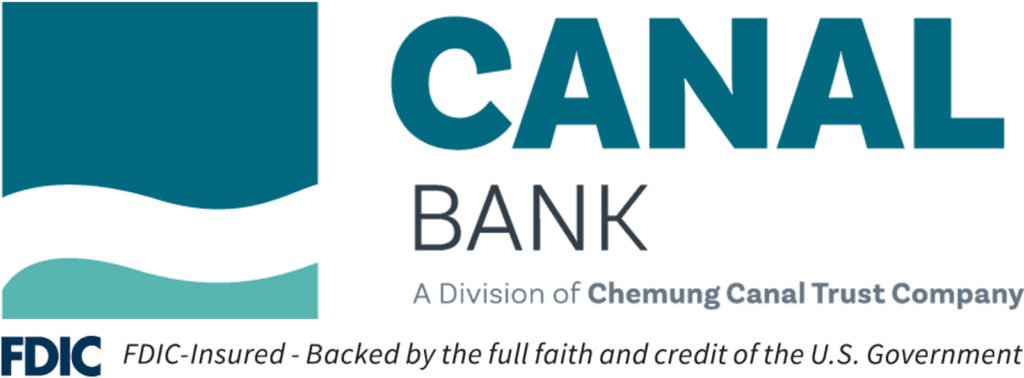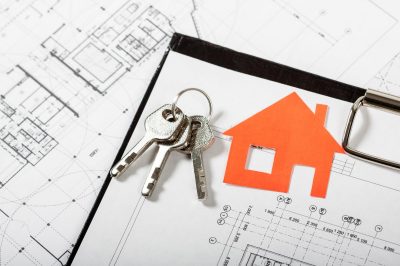For first-time homebuyers, understanding the differences between fixed-rate and adjustable-rate mortgages can seem daunting. In simple terms, a fixed-rate mortgage is one in which the interest rate on the loan remains constant throughout the lifetime of the loan. Adjustable-rate mortgages (ARMs) are different because they feature changing rates over time, commonly referred to as “resets”. This means that the interest rate can fluctuate over time, which can have an effect on the total amount of money paid to the lender. Below are some more in-depth details about these types of mortgages, and which one might be better for you.
Fixed-Rate Mortgages Are Less Affordable
Unfortunately, one of the main drawbacks to fixed-rate mortgages is that they tend to be more expensive than adjustable-rate mortgages. This is because lenders usually charge a higher interest rate for the security of knowing your payments will stay the same over time. However, when compared to ARMs in which rates may rise or fall, this extra cost can sometimes be worth it. According to PolicyAdvice, the average home loan size is $282,660 and having a fixed-rate loan can make budgeting easier and help you to better plan for the future.
Adjustable-Rate Mortgages May Save Money Over Time
On the other hand, adjustable-rate mortgages may be a good option for those who are confident in their ability to pay off their mortgage quickly. ARMs offer lower initial interest rates than fixed-rate loans, meaning that borrowers can save money on payments over time as long as they manage to pay off the loan before too many of the resets occur. Additionally, lenders often require less equity when issuing an ARM than with a traditional mortgage, making them more accessible to some buyers who don’t have much saved up.
Adjustable-Rate Mortgages Are Better for Short-Term Housing
If you don’t plan on staying in a home for more than five years, an adjustable-rate mortgage may be the best option. Since ARMs tend to have lower initial interest rates, you can save money on payments during the early years of your loan while also reaping the benefits of any market drops that occur while you own the property. Once it comes time to move, you could have paid off part of your loan or at least reduced its size enough so that refinancing is not necessary. Keep in mind, however, that you should be prepared to face the possibility of higher payments if the market rate goes up before it’s time for you to move out.
Fixed Rate Mortgages Are Better for Budgeting
If you plan on staying in your home long-term, the best option will most likely be a fixed-rate mortgage. Not only will it provide you with peace of mind knowing that your payment will stay the same every month, but it can also help you to budget for other expenses such as utilities or unexpected repairs. Fixed-rate mortgages are generally more expensive than ARMs upfront, however, they can be much more cost-effective in the long run. For instance, if you own a home for 10 years and the interest rate increases over time, you could end up paying far more in total with an ARM than what you would have if you had taken out a fixed-rate loan from the beginning.
Choosing the Right Mortgage
Deciding whether to take out an adjustable-rate or fixed-rate mortgage is an important decision that should not be taken lightly. It’s important to consider your current financial situation as well as any future plans you may have. If you plan on staying in your home long-term, a fixed-rate mortgage can provide security and peace of mind by ensuring your payments remain constant no matter what happens with market rates. On the other hand, if you plan on only owning your home for a few years and are confident in your ability to pay off the loan quickly, an adjustable-rate mortgage can help you save money in the short term.
Current Mortgage Rates
It’s important to understand what current mortgage rates are before taking out a loan. Lenders offer different rates based on credit scores, so it’s important to shop around and compare offers. Additionally, rates tend to fluctuate according to market conditions, so it may be beneficial to keep an eye on them and consider refinancing if rates drop significantly. Fixed-rate mortgages are usually in-line with current mortgage rates and can be applied to FHA, or VA loans as well. ARMs may not always be in-line with current market rates, so it’s important to talk to a lender and understand what kind of adjustments you can expect over time.
Choosing the Right Loan
When deciding between an adjustable rate or fixed-rate mortgage, it’s important to consider your long-term plans and budgeting capabilities. Fixed-rate mortgages provide security by keeping payments consistent, while adjustable-rate mortgages offer lower initial interest rates that can help you save money over time if managed correctly. It’s important to keep track of current mortgage rates before taking out a loan to ensure the one you choose fits your financial goals.
Qualifying for Both Loans
Qualifying for an adjustable-rate mortgage is usually easier than qualifying for a fixed-rate loan, as the lender doesn’t have to consider possible future interest rate fluctuations. However, you should still be prepared to prove your ability to make timely payments over a long period of time. In order to qualify for either type of loan, you must meet certain requirements such as having steady employment, a good credit score, and an adequate amount of income.
Income Requirements
For income requirements, most lenders prefer applicants to make a minimum of 28% to 36% of their total income in monthly debt payments, in our experience. On top of that, you must also have enough money left over to cover living expenses and any other debts you might have. Your credit score is also a major factor when it comes to qualifying for an adjustable-rate or fixed-rate mortgage. According to our experts, most lenders require a score of 620 or higher, but some may be willing to work with borrowers who have lower scores as well.
Stable Employment
Having a stable job is also important in order to qualify for either type of loan. Lenders will want to see proof that you have been employed consistently for the past two years, and that you can continue to make your payments over time. If you don’t have job stability, it may be difficult to convince the lender that you’re a good borrower. In addition, if you’re looking for a loan for an investment property, such as a rental, lenders may also want to see proof that the property can generate enough income to cover your mortgage payments.
Adjustable-rate mortgages and fixed-rate mortgages are both viable options when taking out a loan. Each has its own advantages and disadvantages, so it’s important to consider your long-term plans before deciding which type of loan best suits your needs. Make sure to shop around for the best rates and talk to a lender about what kind of adjustments you can expect if you choose an ARM. Finally, be aware of current mortgage rates and know your debt-to-income ratio before taking out a loan.
In the end, both adjustable-rate mortgages and fixed-rate mortgages can help you secure a home loan, but it’s important to understand the differences between them in order to make an informed decision. With some research and careful consideration, you can find the right mortgage that fits your needs. If you still have questions or need assistance in applying for a loan, contact Canal Bank.





